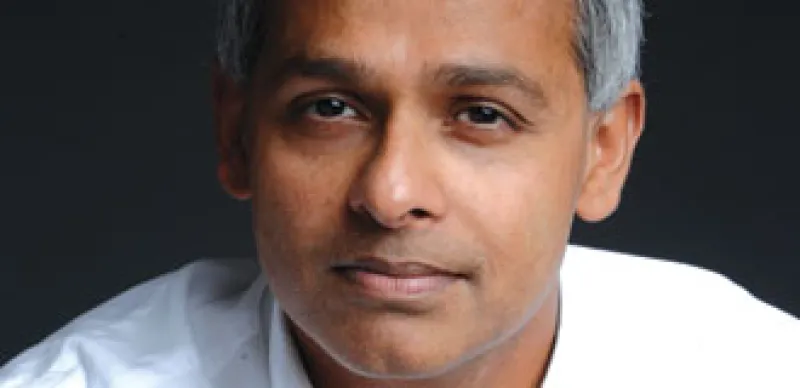Few people know credit default swaps and their fellow derivatives better than Satyajit Das — who isn’t afraid to speak his mind about the absurdities of the investment business. A specialist in risk management and capital markets, the Sydney, Australia–based consultant began his career in banking in 1977 and went on to write and edit many books on derivatives, serve as a director of South Africa’s Rand Merchant Bank and work as a financial adviser to governments and corporations on four continents.
In 2006, Das dished the sordid truth about financial products in Traders, Guns & Money: Knowns and Unknowns in the Dazzling World of Derivatives, a darkly funny exposé that presaged last fall’s crash. Last month he spoke with Institutional Investor Contributing Writer Nick Rockel about Washington’s planned reforms of over-the-counter derivatives.
1. Institutional Investor: How serious is the problem with derivatives today, given their role in last fall’s crash?
Satyajit Das: For once, I find myself in agreement with people in the banking industry when they say derivatives didn’t cause the problem. The real problem was that people took on too much debt. However, what derivatives did was enable people to make what was already a bad situation much worse. Regulators and bank boards of directors and senior managers haven’t got a clue what these derivatives are.
2. What’s wrong with the White House’s proposed OTC derivatives legislation?
The only source of information the administration has is the industry. If Timothy Geithner has a problem, he openly admits that he picks up the phone and calls [JPMorgan Chase CEO] Jamie Dimon, which is absurd. It’s like me marking my own exam papers. What the regulators are proposing right now is what the industry would like to see. Banks are not going to put the nonstandard stuff on there. The real issue you have to address is speculation.
3. What about proposals to trade both standard and customized derivatives on an exchange?
If you put everything on an exchange, you create huge liquidity uncertainty in the economy, and that can’t be good. What brings banks and financial institutions down, in my experience, is liquidity, not losses. If you can’t raise money to meet your commitments, it’s difficult. I’d say, “Okay, the only trading in derivatives allowed is when you have an underlying exposure and you’re hedging it.” I would also tell the boards of directors of banks and financial institutions that they are now personally responsible for risks. You can’t get any insurance, and if your bank blows up, you’re personally liable.
4. Would a derivatives clearing house reduce liquidity risk?
The idea behind a clearinghouse is magnificent, but the whole thing about OTC derivatives and nonstandardized derivatives is that they don’t trade. How are they going to work out the prices? They’re not going to mark to market; they’re going to mark to model, which can also be loosely translated as “mark to make-believe.”
5. How likely is it that we’ll see the dual system you advocate, with tightly regulated deposits and loans on one side and a casino on the other?
Banks are going to get more regulated, and some may turn around and say, “We don’t want to be banks anymore.” Look at Goldman Sachs, which is basically a hedge fund and has always been a hedge fund. It could decide at some point in time — when markets are better and it doesn’t need the guarantee of Big Brother’s funding — to reshape its operations. That’s been happening for 15 years with all these spin-offs of hedge funds out of investment banks. We should formalize that and put controls in place and say that sector can’t get very big, because when it gets big, it causes huge problems.






